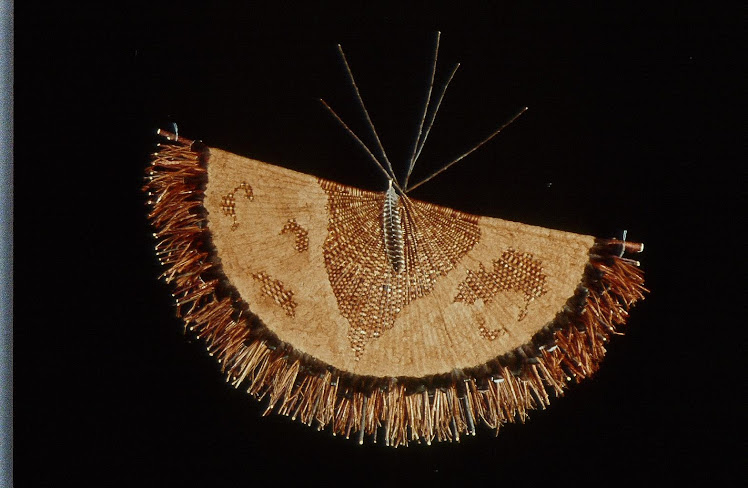Yet, right on schedule, the Anna's hummingbird comes plucking and gathering the fluffy seed down from the Japanese anemone stalks that my husband and I intentionally DO NOT cut back. These are useful materials left standing, highly valued by our tiny friends. When fortunate enough to come upon one of their beautifully sculpted nests, with the downy seed-fluff, feathers, hair, moss, lichen, and fibers all felted together with spider web thread, one can only marvel.
Our packets of seed, jerusalem artichokes, and seed potatoes have all arrived. In his small greenhouse, my husband has started spinach, edible peas and sweet peas to plant out after the cold weather is finished. We are fortunate that we live near the water where the climate is temperate, so that even last week I was able to harvest a large basket full of winter spinach, arugula, cilantro; green wave, purple, yellow streaks, and mizuna mustards; three types of kale, and swiss chard. When we eat them, my husband and I feel like we are eating direct bites of concentrated sunshine at a time we really need it most!
In the meantime, these short days of winter have been wonderfully spent weaving with Laura Llewellyn, a talented farmer/weaver friend, who soon will begin working at Red Dog Farm in Chimmicum, Washington.
Winter, the dormant time of year, is the most natural and sensible time to work with the flexible branches that are pruned from fruit trees and ornaments. Many shrubs and small trees that need to be pruned back to control size and quality of bloom, produce useful woody materials for constructing hoops, rims, and the frameworks for "ribbed basketry".
This winter, Laura and I have made a batch these of Harvest Baskets. We will be selling them to folks who are supporting local farmers by purchasing shares of produce through CSA memberships - Community Sustained Agriculture. We are grateful there is a culture of people who understand, embrace, and support the growing and eating of poison-free local foods, and the craftsmanship and knowledge of local artisans.
These baskets are made for the work of carrying produce, but their functions are limitless, from decoration, to storage, to hauling. Every basket is unique in its shape because of the character of the materials used.
We've made the Harvest Baskets in two models. The "Basic" is made of mostly local materials with the addition of purchased rattan that is handpainted with a food-safe finish.
We can only make a few dozen baskets each year before the branches lose their 'bendy' ability, but by that time, we are ready to be out in the garden again, beckoned by the lengthening daylight, coaxed out of our short hibernation by the scents of daphne, skimmia, and plum blossom.





No comments:
Post a Comment
Comments on this blog are moderated and approved once a month. Please be patient or email me directly at melindawestbasketry@gmail.com